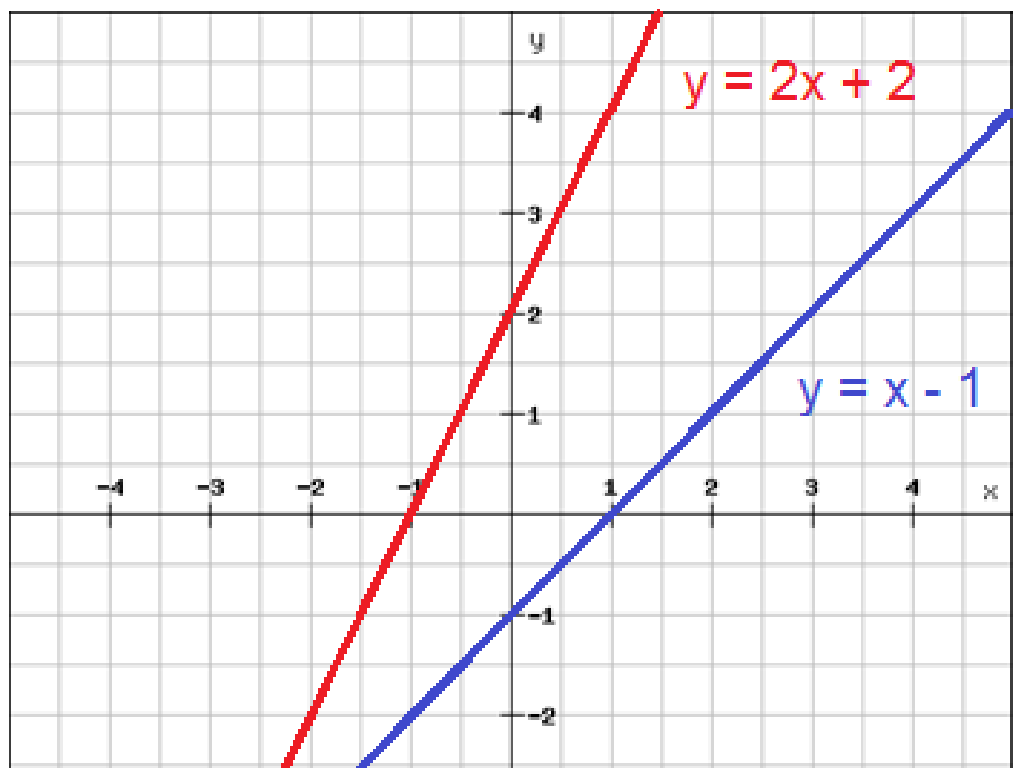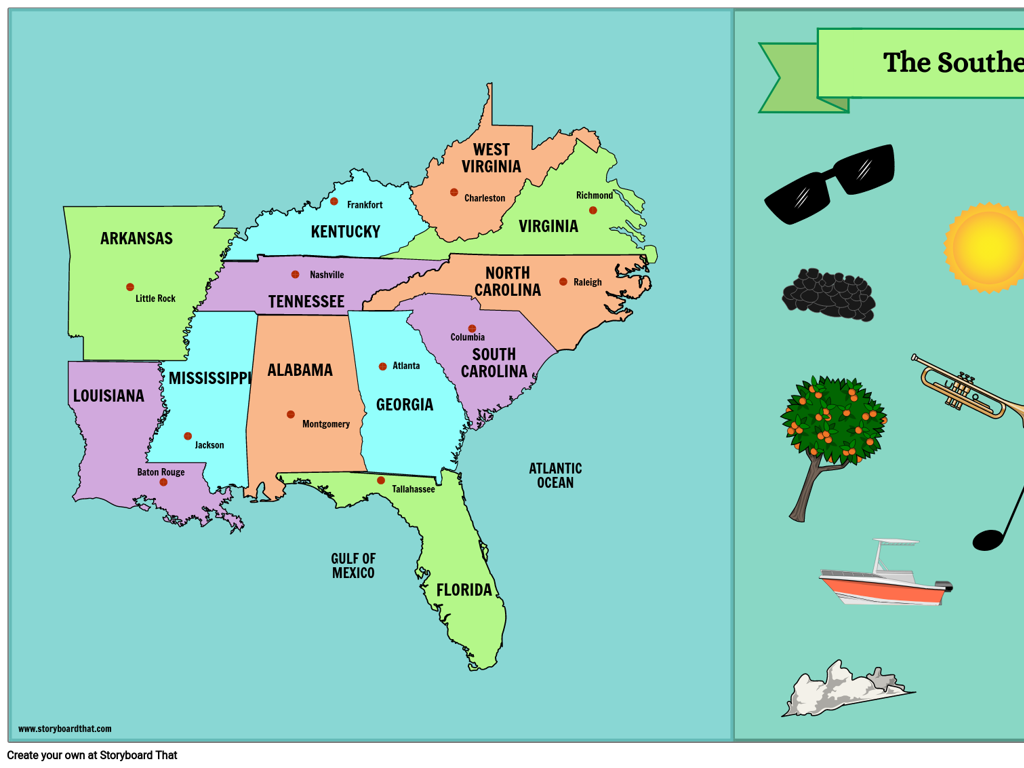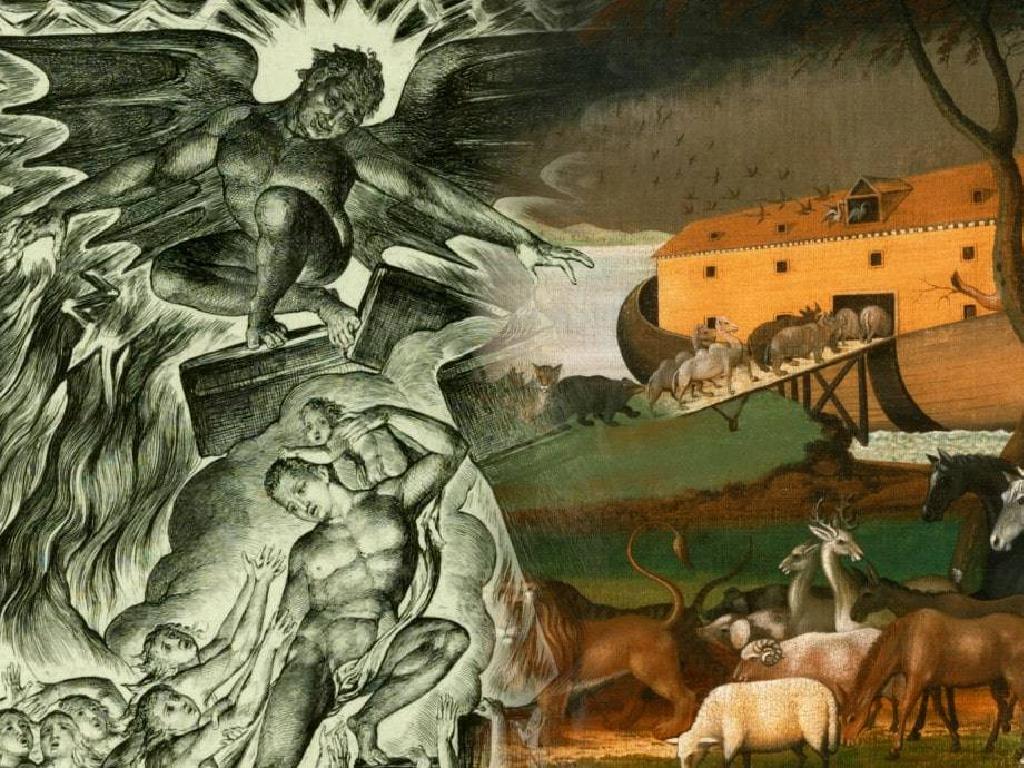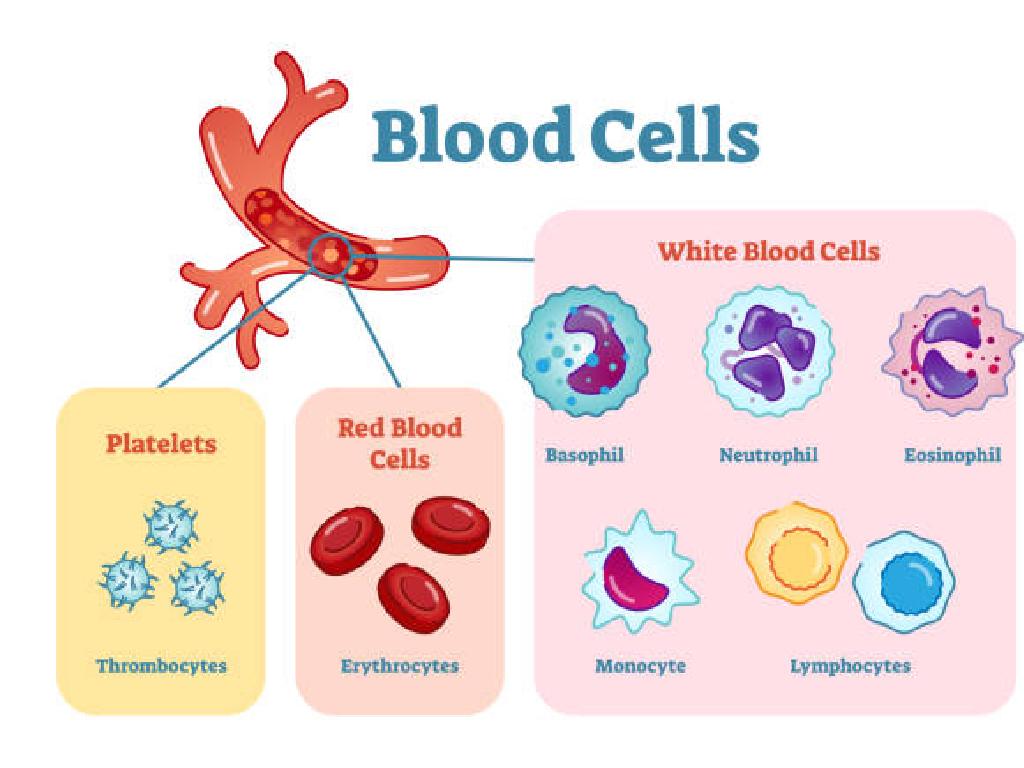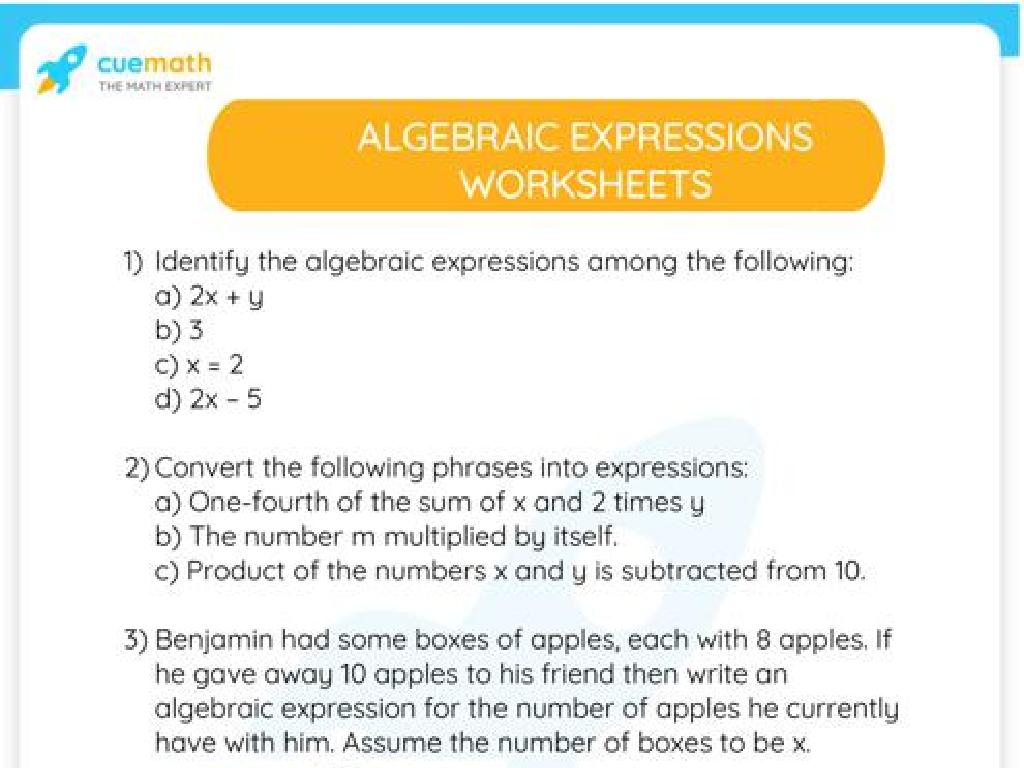Identify Phases Of The Moon
Subject: Science
Grade: Sixth grade
Topic: Astronomy
Please LOG IN to download the presentation. Access is available to registered users only.
View More Content
Phases of the Moon: Our Moon’s Changing Shape
– Explore Moon’s phases
– Learn about New Moon, Waxing Crescent, First Quarter, Waxing Gibbous, Full Moon, Waning Gibbous, Last Quarter, and Waning Crescent.
– Moon’s shape seems to change
– The Moon doesn t change its shape, but our view of it does due to its orbit around Earth.
– Phases repeat every month
– The cycle from one Full Moon to the next takes about 29.5 days.
– Observing the Moon’s cycle
– Keep a Moon diary, noting its appearance each night.
|
This slide introduces students to the concept of the Moon’s phases and how its appearance changes throughout the month. It’s crucial to clarify that the Moon itself doesn’t change shape; rather, the portion that we can see illuminated by the Sun changes as the Moon orbits Earth. The phases of the Moon are a cycle that repeats approximately every 29.5 days, which is the length of one lunar month. Encourage students to observe the Moon each night and keep a diary of its appearance, noting the shape and the name of the phase. This activity will help them understand the predictable pattern of the lunar phases and how they relate to the Moon’s position relative to Earth and the Sun.
Our Moon: Earth’s Natural Satellite
– The Moon: Earth’s companion
– Characteristics of the Moon
– The Moon has craters, mountains, and ‘seas’ of hardened lava.
– Moon’s influence on tides
– The gravitational pull of the Moon causes high and low tides on Earth.
– Observing the Moon’s phases
– Phases result from its orbit around Earth, changing the portion we see illuminated.
|
Begin the lesson by introducing the Moon as Earth’s only natural satellite and discussing its orbit around our planet. Highlight the Moon’s surface features, such as craters and ‘seas,’ which are actually plains of hardened lava. Explain the Moon’s role in creating tides through its gravitational pull on Earth’s oceans. Emphasize the importance of the Moon’s phases, which are caused by its position relative to Earth and the Sun, and how these phases can be observed from Earth. Encourage students to observe the Moon over a month and note the changes in its appearance. This will help them understand the concept of the lunar cycle and the names of the different phases.
Phases of the Moon: A Lunar Cycle Journey
– Understanding Moon Phases
– Phases are the shapes of the Moon we see from Earth
– Reasons behind Moon Phases
– The Moon phases are caused by its orbit around Earth
– Learning the Moon’s Phases Names
– New Moon, Waxing Crescent, First Quarter, Waxing Gibbous, Full Moon, Waning Gibbous, Last Quarter, Waning Crescent
– Observing the Moon’s Cycle
|
This slide introduces students to the concept of the Moon’s phases, explaining that what we see from Earth is the Moon lit by the Sun at different angles. It’s important to clarify that the Moon doesn’t generate its own light but reflects the Sun’s light. Discuss the Moon’s orbit around Earth and how this relates to the changing phases. List and describe each phase, perhaps using a diagram for visual aid. Encourage students to observe the Moon over a month and keep a moon diary, noting its appearance and the date to reinforce learning.
The Science Behind Moon Phases
– Sunlight illuminates the Moon
– Only half the Moon is lit by the Sun at any time, but we see it from different angles.
– Earth’s position influences phases
– As Earth orbits the Sun and Moon orbits Earth, we see varying amounts of the lit side.
– Understanding Waxing and Waning
– Waxing phases grow brighter each night, while waning phases become dimmer.
– Observing changes over a month
|
This slide aims to explain the fundamentals of the lunar phases. Begin by discussing how the Moon does not produce its own light but reflects sunlight. The portion of the Moon we see illuminated varies because of the relative positions of the Earth, Moon, and Sun. Introduce the terms ‘waxing’ for when the Moon appears to grow larger (more illuminated) and ‘waning’ when it seems to shrink (less illuminated). Highlight that this cycle from new Moon to full Moon and back again takes about one month. Encourage students to observe the Moon over a month to see the phases in action. This will help them grasp the concept of the lunar cycle and its phases.
Observing Moon Phases
– How to observe Moon phases
– Observe the Moon at the same time each night, note its shape.
– Keep a Moon diary
– Record daily observations of the Moon’s appearance in a diary.
– Identify Moon phases in sky
– Use your diary to recognize patterns and name the phases.
– Understanding the lunar cycle
|
This slide aims to guide students on how to observe and document the changing phases of the Moon. Encourage students to look at the Moon each night and sketch its shape, noting any changes. Keeping a Moon diary helps students track the lunar cycle over a month and understand the pattern of the phases. They should try to identify the phases such as new moon, crescent, quarter, gibbous, and full moon. The understanding of the lunar cycle is crucial for recognizing the regular pattern in which the Moon’s appearance changes, which is observable from Earth. This activity will help students to connect with the natural world and apply their observational skills to a scientific context.
The Cycle of Moon Phases
– Explore the lunar cycle
– A lunar cycle is the moon’s 29.5-day orbit around Earth.
– Duration of moon phases
– Each phase lasts about 3-4 days, with 8 main phases in total.
– Recognize the moon’s pattern
– The moon’s appearance changes in a predictable cycle.
– Importance of moon phases
|
This slide introduces students to the concept of the lunar cycle and the duration of each moon phase. The lunar cycle is approximately 29.5 days, during which the moon goes through several distinct phases. Each phase, from new moon to full moon and back again, lasts about 3-4 days. Students should learn to recognize the pattern of changes in the moon’s appearance, which is predictable and observable from Earth. Understanding these phases is important for comprehending other lunar phenomena and their effects on Earth, such as tides. Encourage students to observe the moon over a month and keep a moon diary to track its phases.
Moon Phases and Culture
– Moon phases in calendars
– Many cultures use lunar calendars and plan festivals around moon phases.
– Myths surrounding the Moon
– Stories often personify the Moon with gods or magical creatures.
– The Moon in art
– Artworks depict the Moon in various phases, symbolizing different themes.
– The Moon’s influence on literature
– Moon phases are used metaphorically in poetry and stories.
|
This slide explores the cultural significance of the moon phases. Students will learn how different cultures incorporate the lunar cycle into their calendars and celebrate festivals in alignment with specific moon phases. They will also delve into various myths and legends that feature the Moon, understanding how it has been personified and revered throughout history. Additionally, the influence of the Moon on art will be discussed, showing students how artists have captured the beauty and mystery of the Moon. Lastly, the role of the Moon in literature will be highlighted, with examples of how moon phases are used metaphorically to convey emotions and plot developments in poetry and prose. Encourage students to bring examples from their own cultural background or research to share.
Class Activity: Phases of the Moon
– Craft your Moon Phase Wheel
– Gather materials: plates, pins, markers
– Follow the guide to assemble
– Learn and label each moon phase
– Use the wheel to identify New Moon, Waxing Crescent, First Quarter, Waxing Gibbous, Full Moon, Waning Gibbous, Last Quarter, and Waning Crescent.
|
This hands-on activity is designed to help students learn about the moon’s phases in an interactive and engaging way. Each student will create a Moon Phase Wheel using paper plates, split pins, and markers. Provide a step-by-step guide on how to assemble the wheel and then have students label each phase of the moon. This will serve as a visual aid for them to understand the cyclical pattern of the moon’s phases. Possible activities include rotating the wheel to match the current night’s moon phase, predicting future phases, or even comparing the wheel to a lunar calendar. Ensure that students understand the concept of the moon’s revolution around Earth and how it relates to the changing phases.
Moon Phases: Conclusion & Q&A
– Recap of the 8 Moon phases
– Moon’s role in Earth’s balance
– Tides, animal behavior, and cultural significance
– How Moon phases affect us
– Tides, calendars, and ancient navigation
– Your questions & thoughts!
|
As we conclude our lesson on the Moon’s phases, let’s quickly review the 8 distinct phases and their progression. Emphasize the Moon’s importance in maintaining Earth’s balance, including its effects on tides and animal behavior, and its influence on human cultures and calendars. Encourage students to think about how the changing Moon phases have practical impacts on their lives, such as the lunar calendar and historical navigation methods. Open the floor for students to ask questions or share any interesting observations they have about the Moon, fostering a curious and engaging learning environment.

